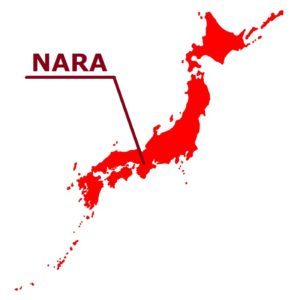
Yakushiji Temple is a temple for sick healing and health prayers, as you can see from the letter “Yaku” (medicine). It was built in the Hakuho period, the middle of the Nara period.
In 680, Emperor Tenmu petitioned to build this temple, praying for healing of the empress who became ill. The Empress then recovered, but this time the Emperor Tenmu fell ill and was destroyed without seeing the completion of the temple. Following the deceased husband’s will, his wife, Empress Jito, completed the temple. Yakushiji Temple is a temple built by the love of a couple.
At the time of foundation, it was located in Fujiwara-Kyo (now Kashihara city), but moved to the present Nishinokyo in 718.
Yakushiji is roughly divided into two sites, “Hakuho Garan” and “Genjou Sanzou-in Garan”.
If you get off Kintetsu Nishinokyo Station and walk east for about 30 seconds, you will find the “Yorakumon Gate”, but the main entrance to Yakushiji is “South Gate”. To enjoy the dynamic Hakuho Garan, get off to the west of the station and walk south about 5 minutes to the south gate.
Kondo (Main Hall) appears in front of you after passing through the south gate and passing through the middle gate, which has a beautiful glaze.
Going through the gates, you can see the West Tower and the East Tower on the left and right, the Great Lecture Hall behind Kondo and the Jikido Hall behind it. This arrangement is unique to Yakushiji Temple and is called “the Yakushi-ji Temple style arrangement of temple buildings”.
The tower looks like a six-storied pagoda, with a small roof called “Mokoshi” that protects the building from wind and weather under the large roof of each layer, but it is actually a triple tower.
Being overwhelmed by the strong bond and prays for health for the beautiful Buddha statue. Yakushiji Temple is a temple where the heart is invigorating, giving you a lot of power and a special feeling.
Hoping for the recovery of the disease of Empress Jito
Yakushiji Temple was built in Fujiwara-kyo in 680, hoping for the recovery of the disease of Empress Jito by Emperor Tenmu. Then after the death of Emperor Tenmu, Empress Jito took over his will and completed it in 697. And, in accordance with Heijokyo-sento (Transferring of the National Capital to Heijo), it was transferred to the present place in 718.
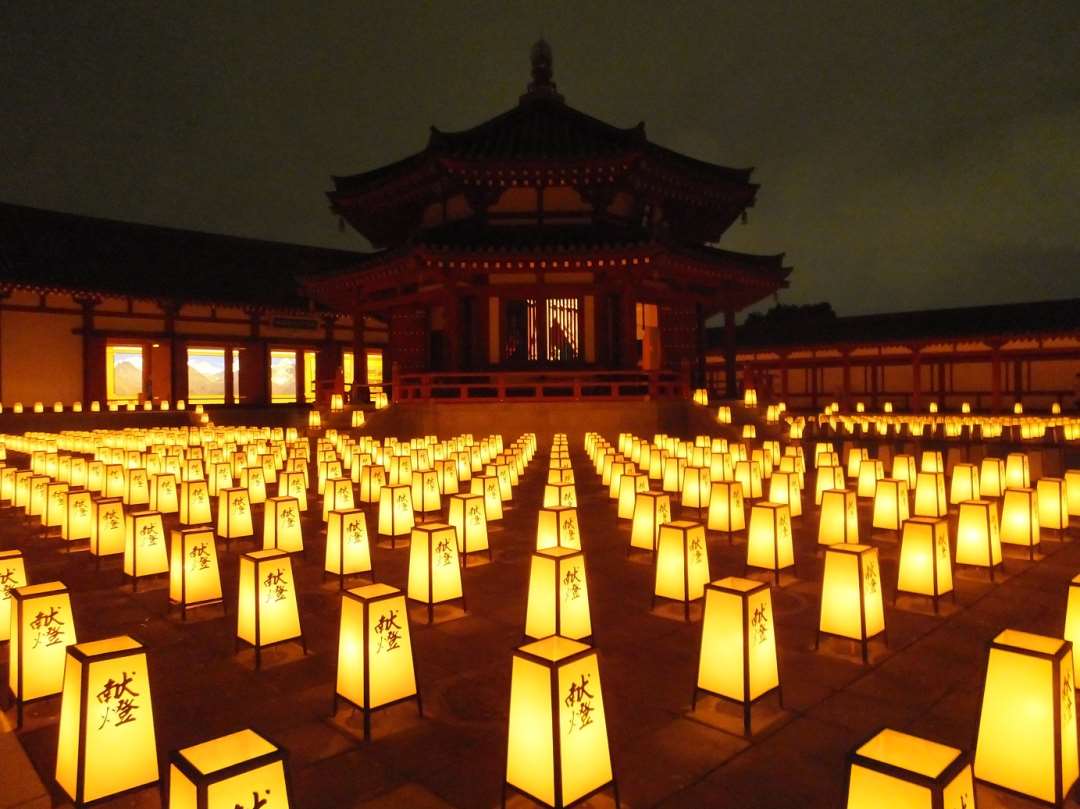
Most of the pagoda was destroyed by war of fire
At that time, entering Nandai-mon gate (the South Gate), the east tower and the west tower soared to the left and right, right in front of Kondo (Main Hall), the auditorium behind it, and it was big temple as “the Yakushi-ji Temple style arrangement of temple buildings” surrounded by a corridor. After that, most of the pagoda was destroyed by war of fire, etc. The building currently existing since the Nara era is only the East Tower.
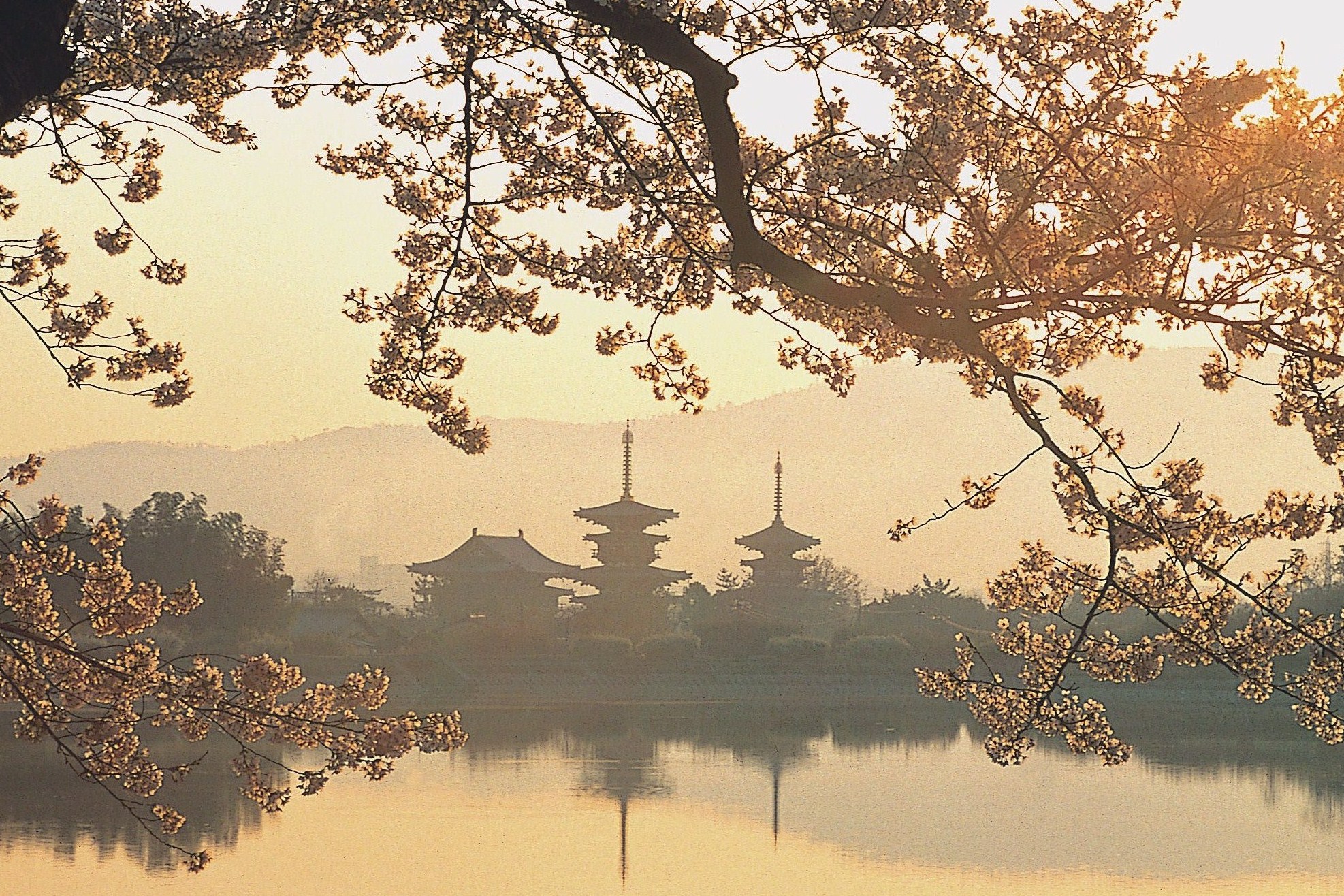
Glimpse of the figure at that time
However, the Garan(Temple buildings) rebuilding had progressed, and it was rebuilt one after another such as Kondo (Main Hall) in 1976, West Tower in 1981, and it is returning to the former days in the Nara period. Since there are no high buildings around, so the two old and new towers and Kondo soar high in the sky of Nishinokyo, a glimpse of the figure at that time.
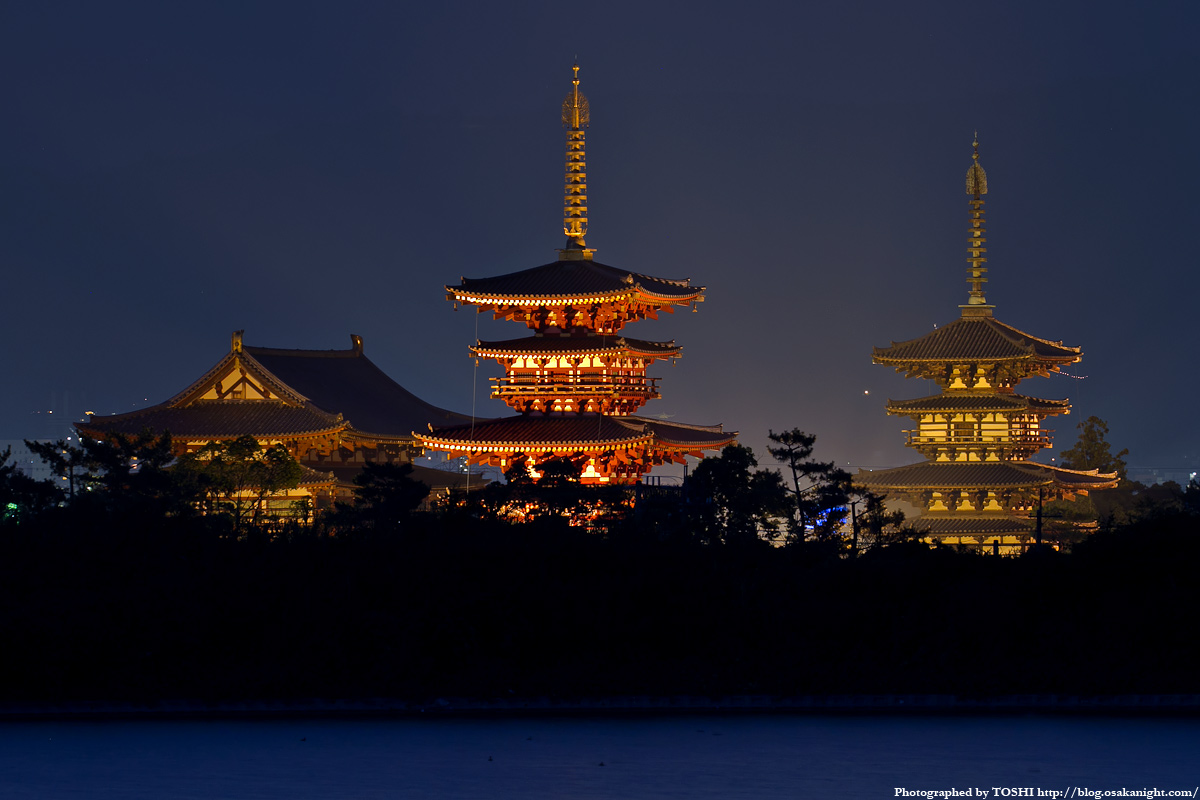
Only East Tower is currently existing since the Nara era
At a glance, the east tower appears to be a six-story pagoda having the six roofs, but in reality it is a triple tower. Also, the sorin part of about 10 meters, which is the uppermost stick shaped part of the pagoda, is one third the overall height. Twenty-four “Hiten” (people who fly in the sky) are carved by openwork in the suien area ahead.
The west tower was destroyed in 1528 and rebuilt in 1973.
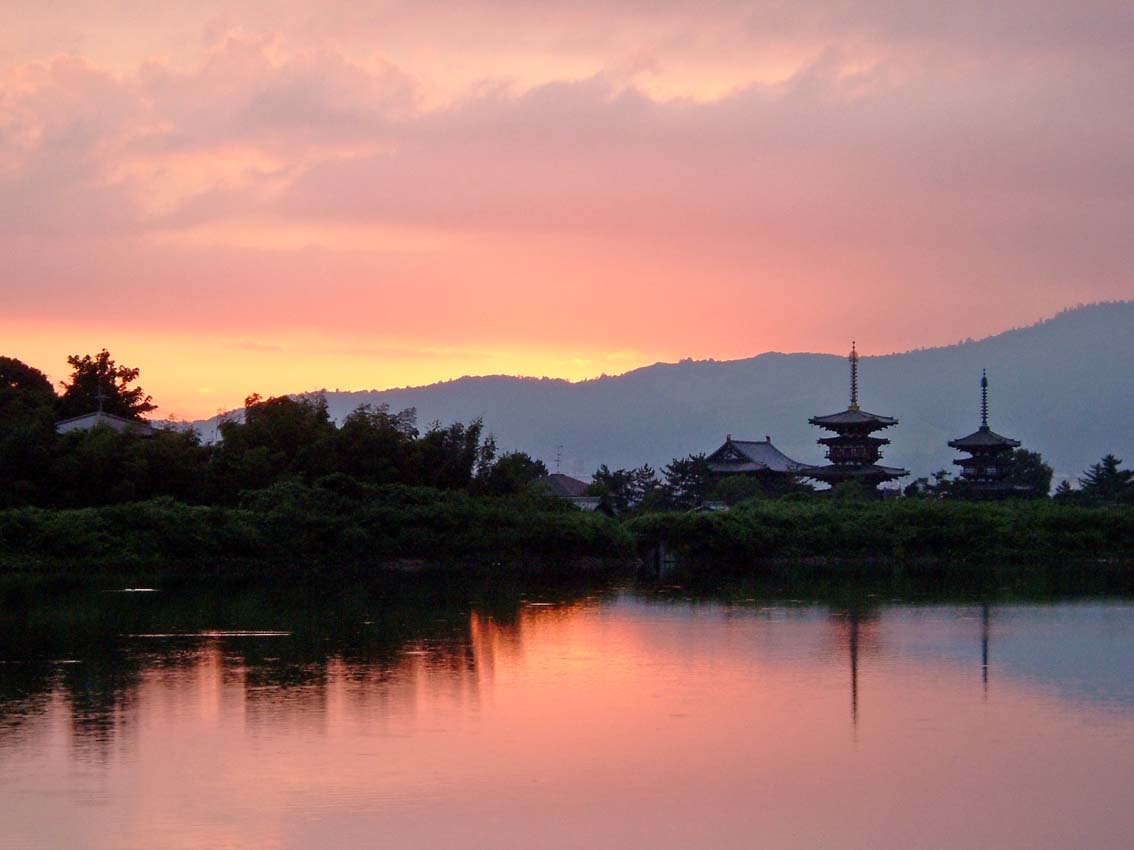
Bronze statue of the standing Kanzeon Bosatsu of National Treasure
It is said that Imperial Princess Kibi wished the bliss of the dead of Emperor Genmei who was her mother, and built the Toin-do Hall in 721. The current building was rebuilt in 1285. Young and noble, Bronze statue of the standing Kanzeon Bosatsu (National Treasure) is settled the Toin-do Hall.
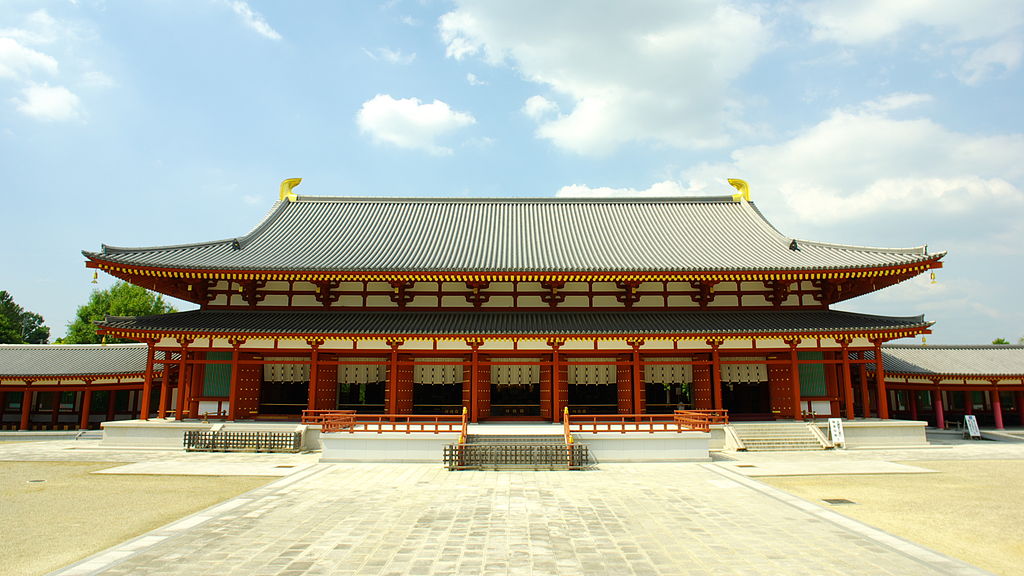
Information(Access, Price/Charge, Tel, Address, Official site, etc.)
| Name: | Yakushiji Temple |
| Address: | Nishinokyocho 457 Nara, Nara 630-8042 Japan |
| Access: | Kintetsu Kashihara-sen Line “Nishinokyo-eki Station” (10 minutes walk) |
| Tel: | (+81) 742-33-6001 |
| Price: | When the Genjo Sanzo-in Temple opens. 1,100 yen (Adult) 700 yen (High School Students or Under) 300 yen (Elementary School Students or Under) When the Genjo Sanzo-in Temple does not open. 800 yen (Adult) 500 yen (High School Students or Under) 200 yen (Elementary School Students or Under) Please refer the official web page. |
| Official site: | http://www.nara-yakushiji.com/ |
Leave a Reply